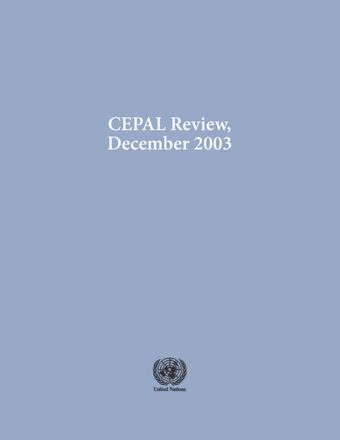-
Microfinance institutions in the development of financial markets
- Source: CEPAL Review, Volume 2003, Issue 81, Dec 2003, p. 187 - 202
- Spanish
-
- 08 Dec 2003
- Previous Article
- Table of Contents
- Next Article
Abstract
For the last two decades, microfinance has ranked high on the lust of policy instruments for fighting poverty. Supporting the creation of access to formal financial services for low-income households holds out the promise of improving the living conditions of poor families and fostering economic development. Furthermore, it is claimed to be a very cost-effective approach because some non-governmental organizations (NGOs) that have been upscaled into microbanks have shown that financial services can be offered to low-income households while covering costs and even earning a moderate profit. Recent studies, however, are sceptical about the high expectations raised by the microfinance approach, since profitable microfinance institutions (MFls) are the exception rather than the rule. Institutional innovation Is called for in order to reproduce these rare successes on a laiger scale. This article aims to offer preliminary’ insights into the potential of two rather new institutional alternatives to upscaling: the creation of microfinance departments at existing for-profit banks (i.e., downscaling) and the founding of greenfield banks.





